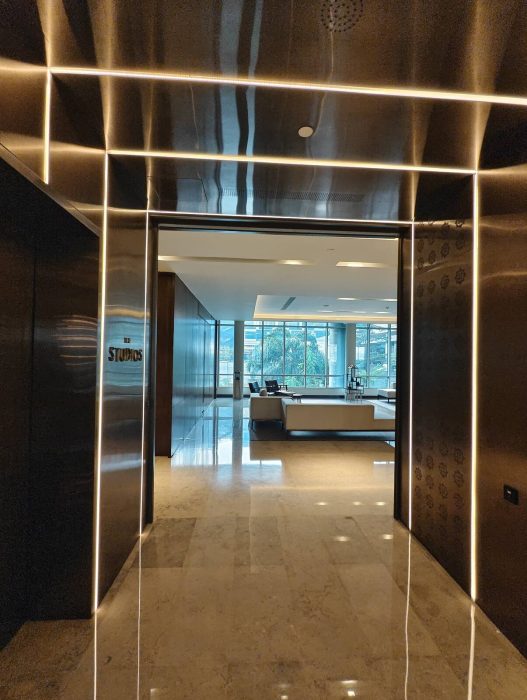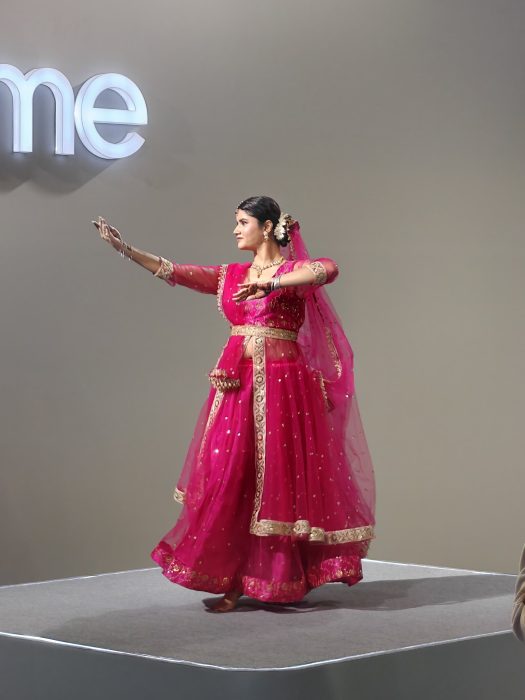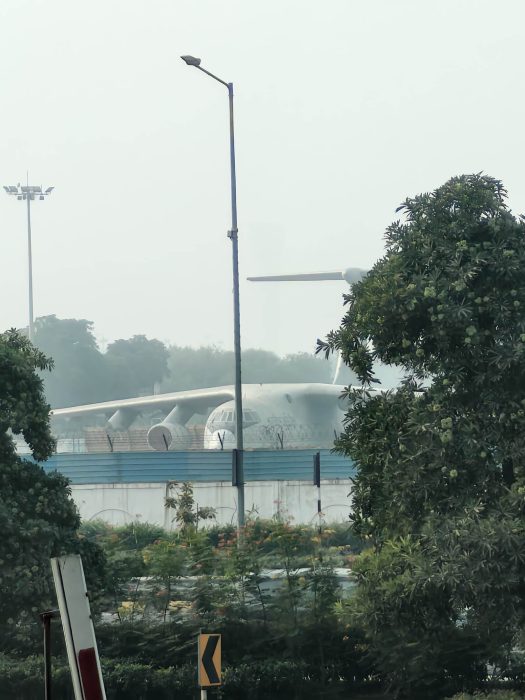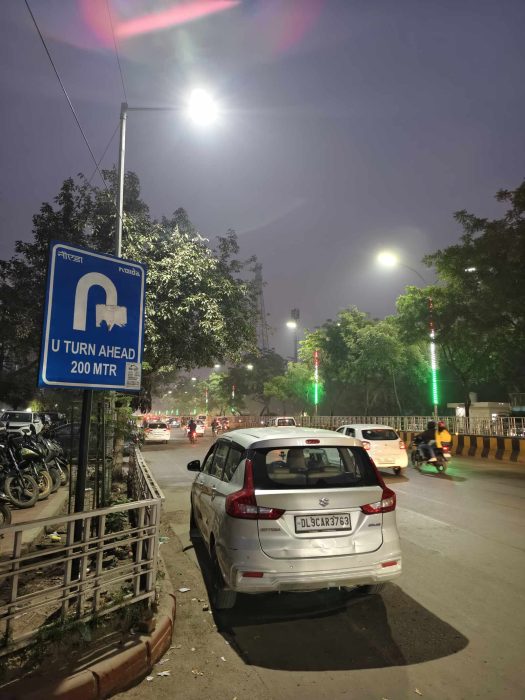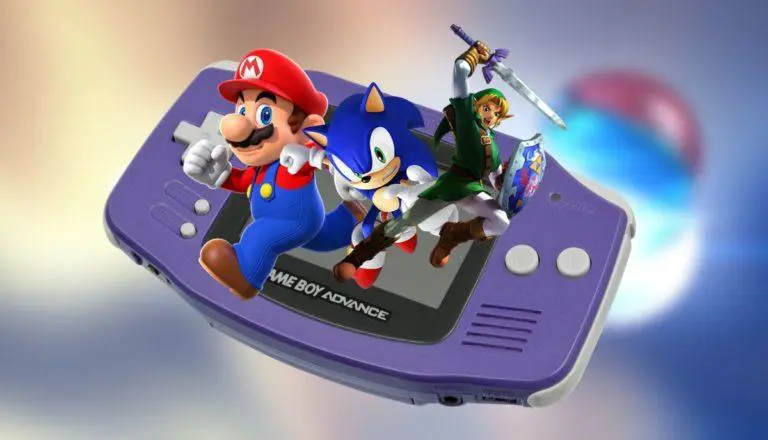iQOO 13 Review: The No Nonsence Flagship Phone

Last year’s iQOO 12 was one of the most beloved phones, thanks to its flagship performance and cameras at a price of under INR 50K. So, when the company announced the all-new iQOO 13, I was super excited to test it out. And while the successor does pack in the latest Snapdragon 8 Elite chip, the cameras seem to have taken the hit.
After testing the iQOO 13 for over two weeks, the question remains: Has iQOO delivered another amazing flagship, or have the camera downgrades made it less compelling? To find out, let’s get straight into the review of the iQOO 13.
iQOO 13 Review
Summary
At just INR 54,999, the iQOO 13 hits all the basics, including a top-tier chip, a fantastic display, and stellar battery life. While the cameras lack versatility, the photos look super pretty and balanced.
iQOO 13 Review: Design & Hardware

I am a big fan of white smartphones, and the BMW white edition of the iQOO 13 looks phenomenal. The soft-touch white glass panel, which doesn’t attract fingerprints, screams premium, and the minimal branding adds a touch of class. I also gave the phone to a few of my colleagues, who loved the design. However, if you don’t like the white colorway, the iQOO 13 also comes in black and grey.
The camera module is another highlight of the iQOO 13. I like that the company has stayed consistent with the design language from the iQOO 12, making this phone instantly recognizable. Also, the module’s thickness has decreased, thus improving its on-table usability.

However, the best part about the camera module is undoubtedly the RGB lighting system. iQOO has incorporated an RGB strip all around the module, and while some might consider this a gimmick, the lighting was actually quite helpful for viewing notifications. You can also customize it to light up while charging or to add a touch of flair.
The sides are made of aero-grade aluminum and feel super premium. I particularly love how iQOO has blended both sides into the frame with a subtle curve, making the iQOO 13 one of the most comfortable flagship smartphones I have ever tested.

Finally, the iQOO 13 also has a dual IP68/69 dust and water resistance rating, allowing it to survive up to 30 minutes submerged in 1.5 meters of water or withstand high-pressure water jets. The ultrasonic fingerprint scanner worked perfectly during my testing, unlocking the phone in all scenarios, including underwater. However, unlike Realme, iQOO does not encourage users to dip their phones.
iQOO 13 Review: Display

Display is one of the key pillars of a flagship smartphone experience, and iQOO has gone all in on it. The iQOO 13 supports a 2K 144Hz LTPO OLED display with a pixel density of 510 ppi. In addition, the panel supports over 1800 nits of peak brightness in outdoor conditions, plenty for direct sunlight usage, and 2592 Hz PWM dimming. The display also features a physical polarization filter to minimize color shifts.
All these monster specs combine to give a display experience like no other. The colors look super pretty, the HDR capabilities are fantastic, and the high resolution makes for an amazing movie-watching experience. If the display is one of your top priorities, then few flagships can match the iQOO 13.
I also love that iQOO has chosen a flat display instead of a quad-curve panel, as this improves durability and reduces reflections. Regarding display protection, the iQOO 13 comes with Schott Xensation Alpha glass, which performed well in my testing, suffering no major scratches or scuffs.
iQOO 13 Review: Performance

Performance is the most important aspect of any iQOO phone, and the iQOO 13 is the best of them all. It features the latest Qualcomm Snapdragon 8 Elite chip, which has two Oryon (Phoenix L) cores clocked at 4,320 MHz and six Oryon (Phoenix M) cores running at 3,530 MHz. This chip is paired with an Adreno 830 GPU. My review unit came with 16GB LPDDR5X RAM and 512GB UFS 4.1 storage.
With these specs, the iQOO 13’s day-to-day performance has been fantastic. Apps load instantly, the transitions are sick, and there isn’t even the slightest hint of a stutter or lag. However, the phone does warm up noticeably during extended camera use.
Benchmarks & Gaming

I ran some benchmarks to test the maximum performance, but they didn’t go quite as expected. Like the Realme GT 7 Pro, the iQOO 13 heated up significantly during these tests, with its aluminum frame becoming uncomfortably hot to the touch.
In AnTuTu, the iQOO 13 reached an eye-watering score of 2,782,042, but the surface temperatures reached 52 degrees Celsius. Subsequent runs controlled this heating, resulting in lower scores.
Weirdly, the iQOO 13 didn’t heat up during Geekbench, where it scored 3,054 in single-core and 9,557 in multi-core tests. However, the heating issue returned during the infamous 30-thread, 30-minute throttle test, where temperatures climbed to 50°C, and the phone throttled to 67% of its peak performance.



For a comparison, the Realme GT 7 Pro scored 2,687,753 in the AnTuTu benchmark. While this score is less than the iQOO 13, the GT 7 Pro showed very few signs of heating.
Fortunately, the story is different in gaming. In titles like BGMI on the highest setting, the gameplay was super smooth even after an hour, and the phone didn’t show any sign of heating. You can even game at 144Hz using iQOO’s frame interpolation technology.
Battery & Charging

Like all new Chinese phones, the iQOO 13 uses silicon-carbon battery technology. This new technology improves efficiency, boosts capacity, and speeds up charging. However, note that while the global version of the iQOO 13 features a 6,150mAh battery, the Indian unit has a 6,000mAh battery due to certification issues, as confirmed by iQOO.
Nevertheless, the battery life on my Indian unit was fantastic. On a typical day of taking camera samples, watching YouTube videos, scrolling Instagram, and gaming, the phone easily lasted a full day, often going through until lunchtime the next day. When recharging, the 120W charger in the box takes the phone from 0% to 100% in just 30 minutes.
iQOO 13 Review: Cameras

As I said, the iQOO 13’s camera sensors are downgraded. However, despite the small sensors, the photos are quite good. The iQOO 13 houses an IMX921 primary sensor, a 50MP JN1 UltraWide sensor, and a 50MP 2x telephoto IMX816 lens. This setup is identical to that of the vivo V40 Pro.
Daylight & Portraits
On their own, the iQOO 13’s photos look fantastic. The phone handles HDR scenarios beautifully, the colors pop without getting oversaturated, and the sharpness is almost always on point. Thanks to the mature processing, iQOO has done a great job ensuring the colors look similar on all lenses. Moreover, users can choose from three shooting modes: Vivid, Textured, and Natural, each offering its own unique aesthetic.
Similarly, I quite like the portrait mode on the iQOO 13. The 2x telephoto lens captures decent shots with excellent edge detection, natural skin tones, and a shallow depth field. The iQOO 13 is also the first phone that allows users to capture portraits from the UltraWide lens. And while I’m not sure about this focal length, the results looked pretty.
Nighttime Shots
The IMX921 lens performed surprisingly well in low-light scenarios. Sure, it isn’t at the Find X8 or X200 Pro level, but the shots aren’t half bad. The phone does great in artificial lighting, with good sharpness, colors, and decent HDR. However, in very low-light scenarios, you’ll notice some noise creeping in, and the white balance can be inconsistent, especially under warm lighting.
Zoom & UltraWide Shots
Unfortunately, if you often take zoomed photos, the iQOO 13 isn’t for you. Its 2x telephoto lens falls short of capturing detailed images of anything past 6x. That said, the photos between the 2x and 5x range do look great. Thanks to the 50MP sensor, the phone crops into the image while maintaining ample sharpness, minimal noise, and decent HDR performance.
On the other hand, the 50MP UltraWide lens was one of the highlights. Its 50MP sensor captured amazing photos with great detail. I was particularly impressed by the sensor’s low-light performance, where it delivered surprisingly good results.
Selfies & Videos
The 32MP selfie camera proved quite competent, capturing wide selfies with great sharpness and low noise. However, as with any other phone, the iQOO 13 applies a beauty filter to selfies, which some people don’t like.
I was also impressed by the video capabilities of the iQOO 13, where all four lenses can capture 4K@60FPS video. Speaking of the results, the video from the primary camera looked awesome in daylight conditions, with good stabilization, colors, and no jitter. However, I did notice this jitter when recording 4K video from the front camera. Also, there is some color discrepancy between the UltraWide and the main lens.
iQOO 13 Review: Software & AI

The iQOO 13 comes with FunTouch OS 15, which runs on top of Android 15, and I quite like vivo’s UI. The interface is packed with features but also doesn’t go too far from stock Android or copy iOS. You can customize almost everything, including fingerprint animations, touch effects, etc. iQOO has also promised four years of Android updates and five years of security patches.
Furthermore, the gallery app has several AI features. The first one is an object eraser, which, as the name suggests, uses AI to remove background objects from photos. In practice, it performed well with small objects but struggled with larger ones. There is also an AI repair feature that helps bring out more details from photos.


Should you buy the iQOO 13?

At INR 54,999, the iQOO 13 is an excellent flagship phone. It hits all the essential boxes, including a top-tier chip, a fantastic display, and stellar battery life. While the cameras seem like a downgrade from its predecessor, they are pretty good and well-balanced on all fronts. For the price, I give the iQOO 13 a solid thumbs up. If you are shopping in this segment, do check it out.






